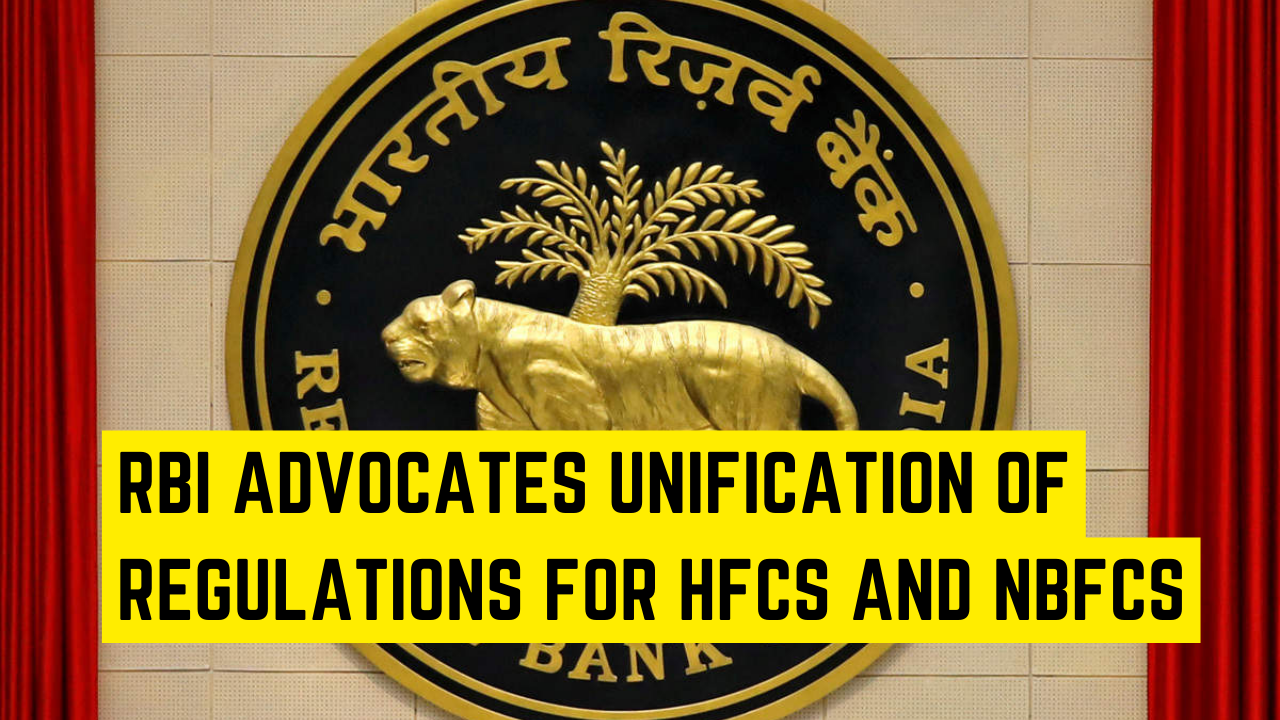In a shocking turn of events, Google has announced a new wave of job cuts following the thousands of layoffs at the beginning of the New Year.
The tech giant, Google, known for its innovative ventures, has recently made headlines with a significant round of layoffs. This article delves into the details of this unexpected move and its implications for the workforce and the broader industry.
As the business landscape constantly evolves, understanding the timing and significance of these job cuts is crucial. This section explores the context in which Google is making these tough decisions and the potential ramifications.
Background
Previous Job Cuts at Google
This isn’t the first time Google has implemented substantial layoffs. By examining past instances, we can uncover patterns, assess the company’s historical decisions, and identify potential contributing factors.
Factors Influencing the Decision
From economic shifts to technological advancements, various factors play a role in shaping Google’s strategic decisions. Unpacking these influences provides a comprehensive understanding of the situation.
Impact on Employees and the Industry
Job cuts reverberate beyond the corporate boardroom. This section explores the immediate and long-term effects on employees and analyzes how the industry at large responds to such drastic measures.
Reasons Behind Job Cuts
Company Restructuring
Google’s decision may stem from internal restructuring efforts. Understanding the company’s goals and vision for the future sheds light on the necessity of these organizational changes.
Economic Challenges
Global economic conditions can significantly impact large corporations. This section examines the economic challenges that may have contributed to Google’s decision to reduce its workforce.
Technological Advancements
In a rapidly evolving tech landscape, staying ahead often requires adaptation. Explore how technological advancements could be influencing Google’s staffing decisions.
Employee Reactions
Feedback and Concerns
Employees are the heart of any organization, and their voices matter. Gathering feedback and addressing concerns is essential to maintaining a positive work culture.
Coping Strategies
Amid uncertainty, employees must find ways to cope. This section discusses various coping strategies adopted by Google’s workforce and the effectiveness of these approaches.
Support from Google
How a company supports its employees during challenging times speaks volumes about its values. Analyzing the support systems in place at Google provides insights into its commitment to its workforce.
Industry Perspectives
Impact on the Tech Sector
Google’s decisions have a ripple effect throughout the tech sector. Explore how competitors, partners, and the industry at large are responding to these job cuts.
Competitor Reactions
In a highly competitive industry, the moves of one major player can influence others. Investigate how Google’s competitors are adapting to the changing landscape.
Speculations and Analyses
Industry experts often provide valuable insights. This section gathers speculations and analyses from professionals to paint a clearer picture of the situation.
Quick Review:
What Led to Google’s Decision to Cut More Jobs?
Explore the factors and considerations that led Google to make the decision for additional job cuts.
How Are Employees Coping with the Layoffs?
Delve into the various coping mechanisms employed by Google’s workforce and their overall response to the layoffs.
What Strategies Is Google Implementing for Recovery?
Provide details on the strategies Google is employing to recover from the impact of layoffs and reshape its future.


